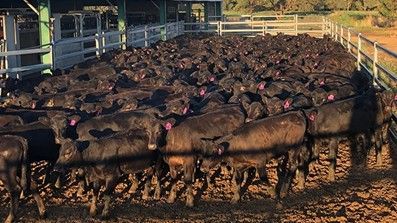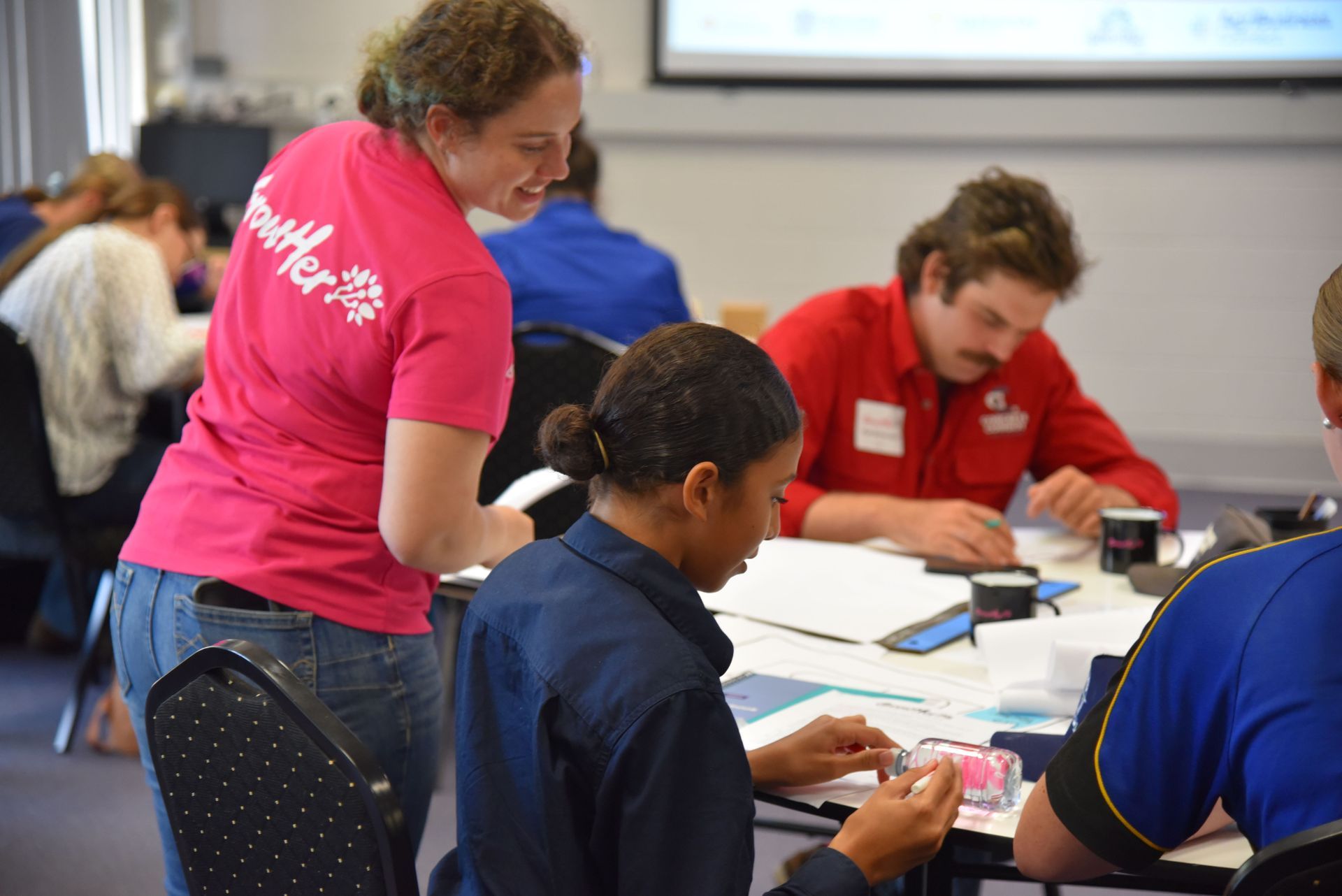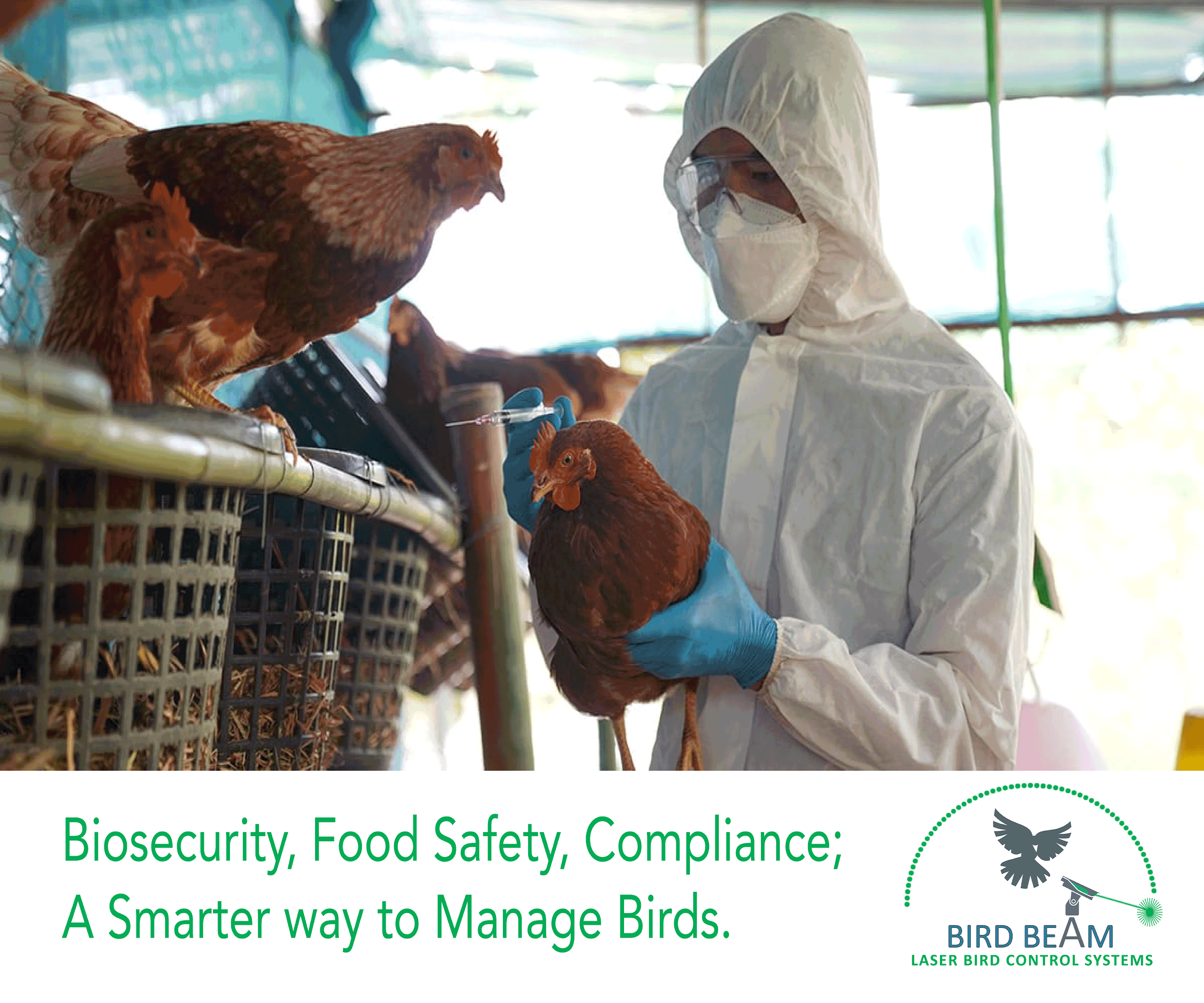1MG FlippingBooks
Blog Post
Pest management research eating away at $350m yearly losses
Elizabeth Gracie

Researchers are making use of microorganisms and tracking insecticide-resistance around the globe in a bid to cut down Australia’s grain crop losses of $350m per year from pests.
The Australian Grains Pest Innovation Program (AGPIP), is a joint initiative from the Grains Research and Development Corporation (GRDC), the University of Melbourne, and scientific research organisation Cesar Australia.
“AGPIP will be focused on developing novel tools to decrease transmission and pest feeding impact, forecast pest issues and enhance beneficial insect and chemical stewardship,” said Paul Umina, AGPIP program lead, from the University of Melbourne.
These tools will primarily target the diamondback moth, red-legged earth mite, corn earworm, and the green peach aphid who have developed immunity to insecticide and helped in the transmission of harmful plant pathogens that have spread a variety of plant diseases.
According to Cesar extension scientist Francesca Noakes, insecticide resistance occurs when a mutation develops within a pest population that confers genetic protection against the chemical action.
Umina says that AGPIP will map resistance occurrences across Australia and the glove, and develop new diagnostic techniques to make identification of resistance easier and more accurate for major insect pests.
By mapping resistance occurrences, the Australian grains industry will be kept up to date with information on the Australian distribution of resistance for priority grains pests. By collecting and collating the data, researchers hope to predict how pest species may develop resistance to insecticides in the future, helping grain growers mitigate the risk and losses they may face from such species.
“Insecticide resistance in key crop pests poses a significant risk to growers’ pest control regimes” said Umina.
AGPIP is also investigating the use of endosymbionts, which are microorganisms that form symbiotic relationships with other cells and organisms around them.
Endosymbionts can also significantly influence an insects ability to transit crop viruses or resist pesticides, making them a vital component of this research.
Associate Professor Umina believes that “by utilising novel technology like endosymbiont manipulation and improving our ability to predict regional resistance risk, AGPIP has the potential to enhance control of insect pests in grains”.
“The successful manipulation of endosymbionts to reduce virus transmission and direct feeding damage in aphids and to increase rates of parasitism and predation of key moth pests could greatly improve growers’ pest management regimes by providing sustainable control methods and reducing insecticide use on farms,” said Noakes.
In doing so researchers will be conducting experiments into endosymbiont manipulation to reduce levels of transmission for plant diseases, lower direct feeding damage by pest species and increase rates of parasitism and predation of key crop pests said the GRDC.
Over the next five years, AGPIP will continue developing pest management options and new tools that are competitive to current chemical regimes in cost, availability, and efficacy, that are sustainable from a social and environmental perspective.
“We will continue to ensure that our research is useful and directly applicable to Australian grain growers” said Noakes.
Share
Tweet
Share
Mail
NEWS

By Michael Crowley
•
February 10, 2025
Following from another record year for beef production and exports, we anticipate opportunities for Australian beef to continue into 2025, especially in markets like the US which is in a cattle herd rebuild and was our number one export destination for beef in 2024.
A selection of The Australian Farmer Sponsors - Click on a banner below to find out more...















